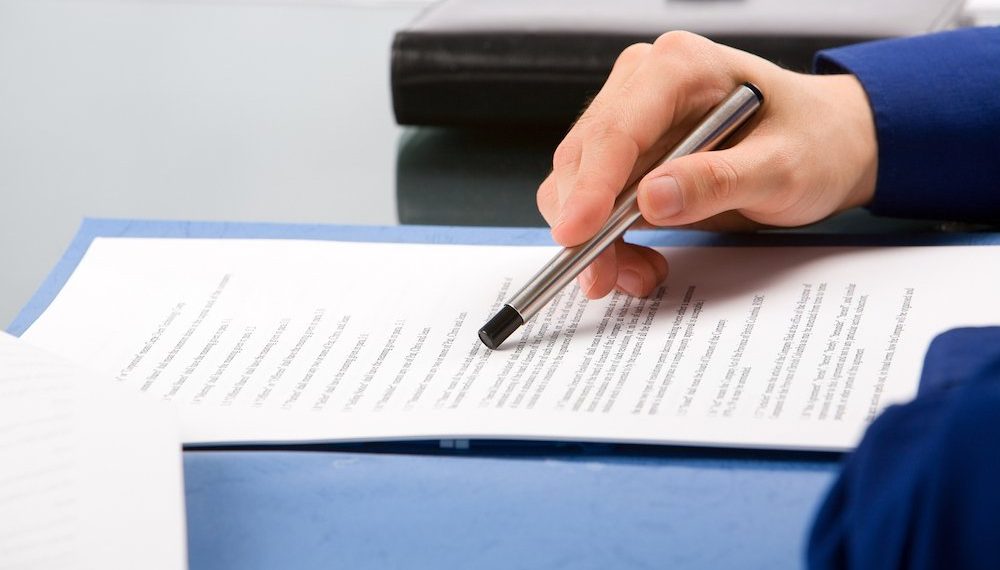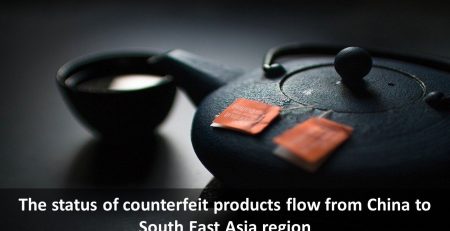The Malaysian Trademarks Act 2019 Key Points
It’s been almost two years since the Malaysia Trademarks Act 2019 (the new Act), which replaced the Trade Marks Act 1976 (the old Act), went into effect on December 27, 2019. The revised Act makes significant improvements to bring Malaysia into line with worldwide trademark standards and current business trends.
The revised Act has some important changes to bring Malaysia into line with international trademark rules
In this article, we summarize the ten most important highlights from the new Act, as well as how they differ from the old Act:
- Malaysia has become a signatory to the Madrid Protocol, which is an international system for obtaining trademark protection in signatory nations with a single application and payment of a single set of fees. Both domestic and international brand owners benefit from the Madrid Protocol system; local brand owners can now file a single international application specifying numerous countries, while foreign brand owners can now include Malaysia in their international applications. Previously, domestic and international brand owners had to file separate applications to the national IP Office (s).
- Nontraditional and collective marks can now be registered – In Malaysia, non-traditional trademarks such as product shape or packaging, colour, sound, scent, hologram, positioning, and sequence of motion can now be registered. Only traditional marks (including a device, trademark, heading, label, ticket, name, signature, word, letter, or numeral) could formerly be registered. The new Act recognizes and regulates collective marks for associations such as clubs, trade unions, and societies, which were previously unavailable.
- Multi-class applications are now available – Trademark owners can now file their trademark as a multi-class application, which covers multiple classes in one application. This makes managing their trademark portfolio easier and more convenient. As a result, just one application is necessary for things like renewals, amendments, and assignments, which cuts down on documentation significantly compared to the single applications under the old Act.
- The filing date under the new Act is the date the Registrar receives the trademark application, assuming there are no faults or irregularities during the filing process. Priority dates aren’t considered filing dates any longer. The filing date (rather than the priority date) shall be deemed to be the trademark registration date for trademarks claiming priority of an earlier date.
- Applicants will only get one strike during the examination stage — Applicants will only get one chance to respond to the Registrar’s provisional decision, either by filing written submissions or by requesting a hearing. If the Registrar rejects to register the trademark after reviewing the applicant’s reply, the applicant must file an appeal with the High Court. This is in contrast to the previous Act, which provided the applicant with two options: first, submit written submissions, then request a hearing before the Registrar, and lastly, file an appeal with the High Court. There will be no more appeals to the Registrar under the new Act.
- Trademark recognition as a type of security interest – The new Act now recognizes a trademark as a personal or moveable property that can be secured in the same way as some other personal or moveable property. This provides trademark owners with the ability to use their trademarks as leverage for financial support.
- Infringement has a broader scope now that the new Act gives registered trademark owners the right to sue for infringement of products and services that are similar to the goods and/or services protected by the registration. Formerly, an infringement proceeding could only be taken against goods and/or services that were included within the scope of the registration under the old Act.
- Formality requirements — Under the new Act, a Statutory Declaration is no longer required to complete the trademark filing requirements. The Registry also no longer requires the applicant to provide a translation and transliteration of the mark approved by a translator for trademarks consisting of words not in Roman characters, English, or Malay. However, in order to secure a filing date, a standard translation and transliteration of the mark must now be given at the time of filing. If the translation and transliteration are provided after the trade mark has been filed, the application will not be given a filing date until the MyIPO receives the translation and transliteration.
- The licensing regime modifies the registered user system — The previous Act’s registered user system has been revoked, and the new Act’s licensing regime has taken its place. A license is not valid unless it is signed by or on behalf of the grantor and is in writing. It’s also a registrable transaction, which means that once it’s recorded in the Trademarks Register, everyone is presumed to be aware of the license.
- Threats of infringement proceedings without a legitimate reason – the new Act now gives recipients of threats of infringement proceedings without a legitimate reason the ability to file a lawsuit against the people who made the threats. As a result, a cease and desist letter should be written with discretion. The mere notification that a trademark has been registered, on the other hand, does not constitute a threat of legal action.
– You could visit here to see Procedure of Malaysia Trademark Registration.
– You could visit here to check the required documents for filing trademark in Malaysia
– You could read 04 Frequent Questions About Filing Trademark In Malaysia here.
Contact AAA IPRIGHT: Email: [email protected]
Or sending your inquiry by filling the form:











